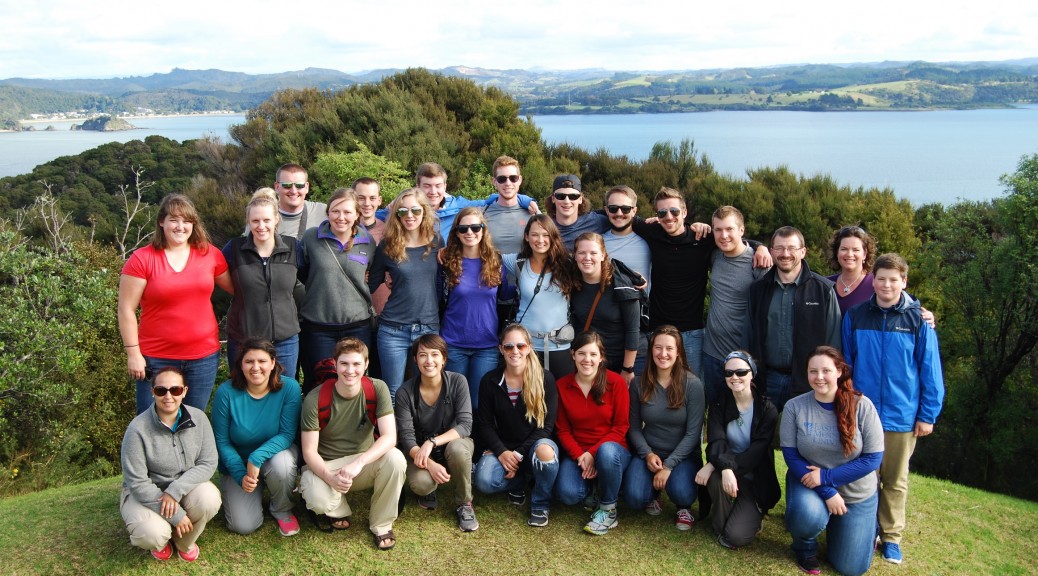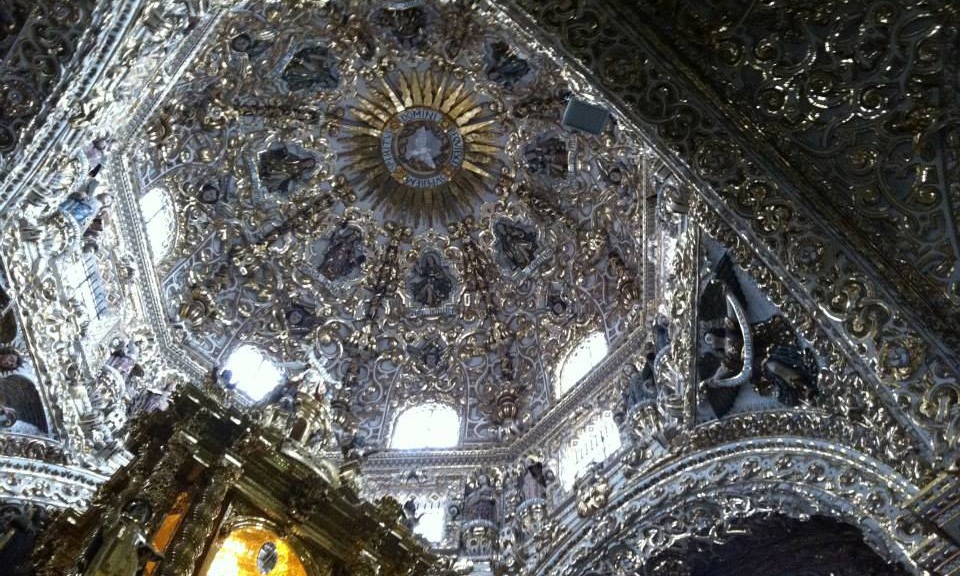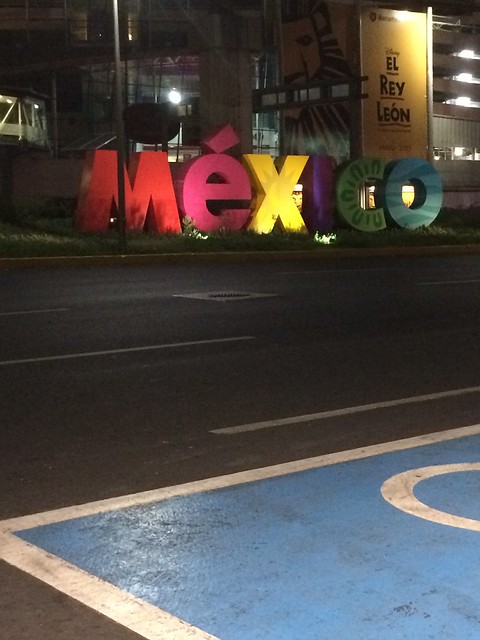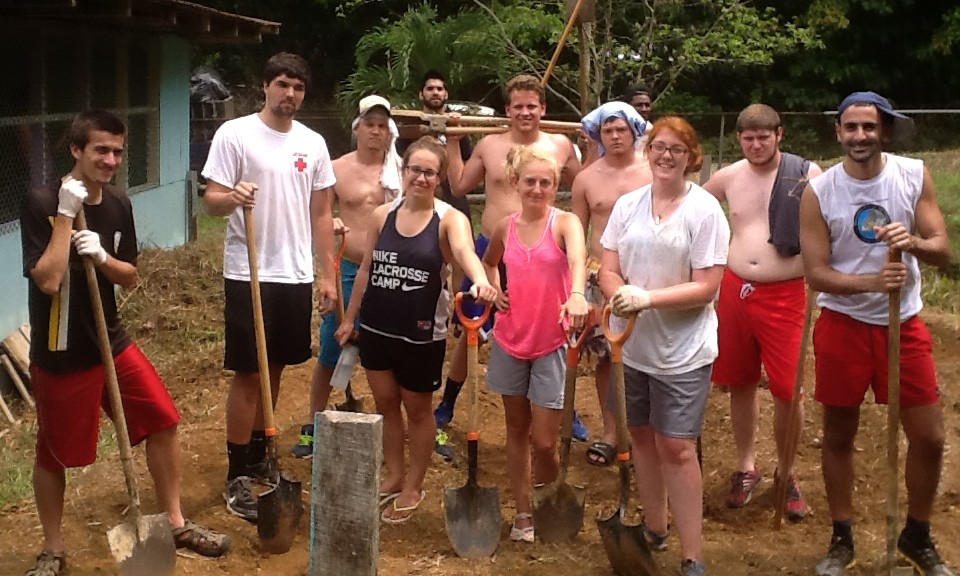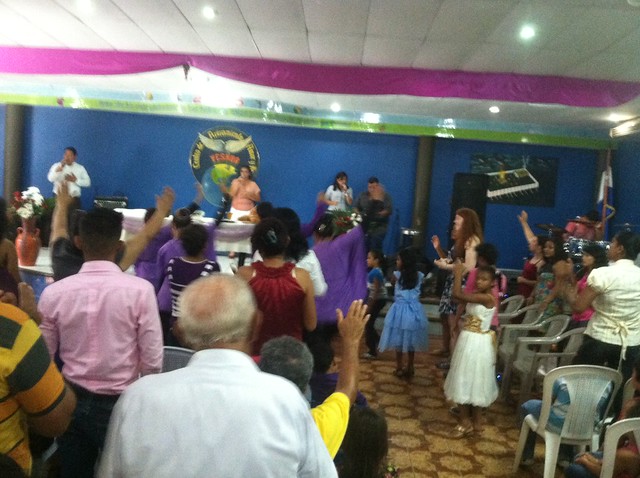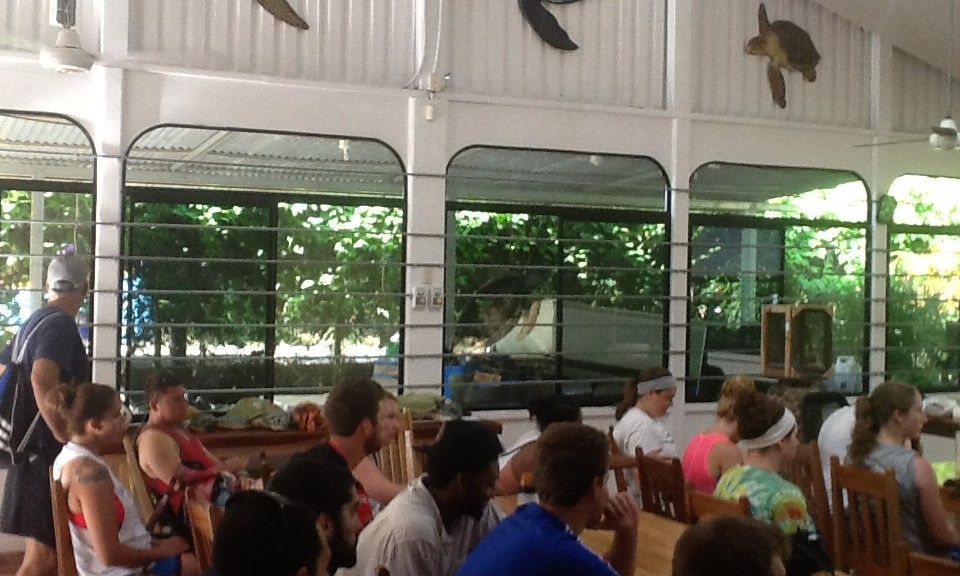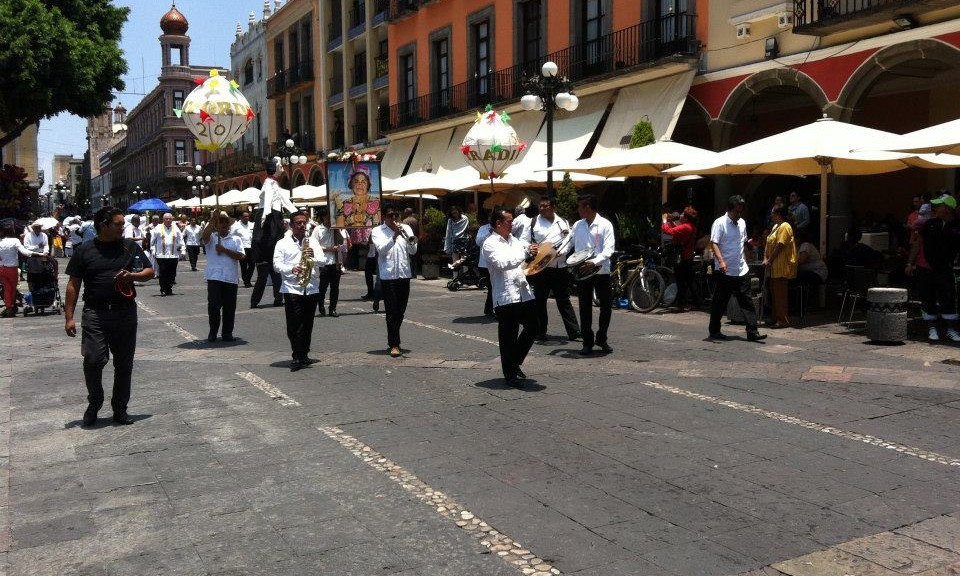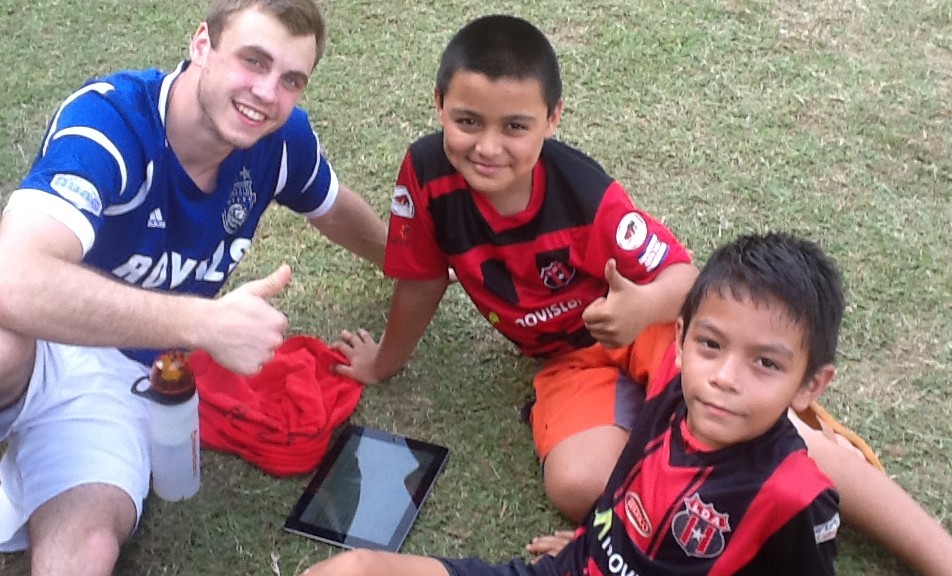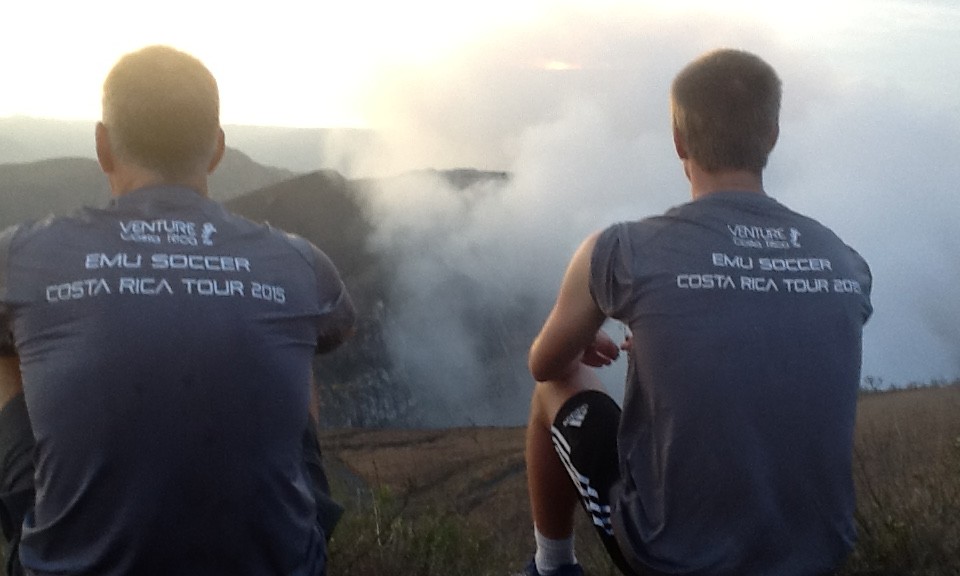Introduction to the Maori
17 June 2015
Today we visited the Mangere Domain and Auckland Museum. I love learning about historical people and places, so this was right up my alley. It was really helpful to be able to talk directly to descendants of a Maori tribe and hear about their history from their perspective. ![]() Continue Reading ››
Continue Reading ››
